Mt. Kiso-Komagatake in the summer
Highlights
Your ultimate resource for planning a trip to Mt. Kiso-Komagatake and Takato cherry blossoms in Nagano Prefecture. We did all the research so you do not have to.
Time of Visit: April 2025
Duration of Visit: Two Nights
Description
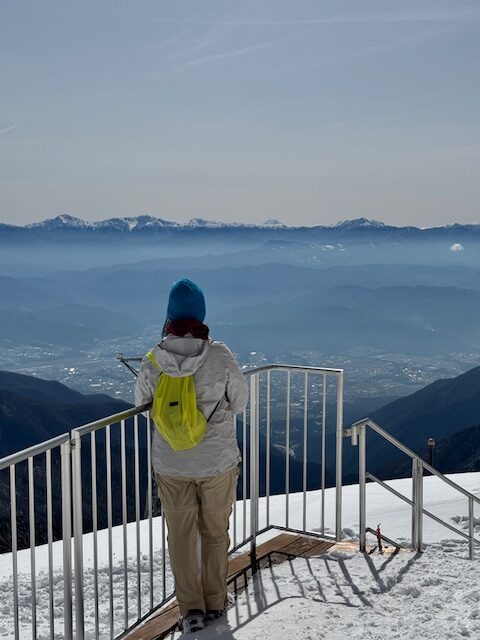



Mt. Kiso-Komagatake is a mountain peak in Japan’s central alps The top of Mount Fuji can be seen from the Senjojiki cable car station at the base of the mountain. Locals flock to this place for outdoor recreation and get their nature “fix”.
About two and half hours by train South of Nagano is Ina City. The city holds its flower festival during the spring cherry blossoms and is called “Takato”. The Takato is held at the ruins of the former Takato Castle that has been converted to a park (on Google Maps its is labeled as Joshi Park). Locals flock this small park because it is considered one of the most beautiful in Japan.
Here we provide the necessary information such as activities, how to get there, where to stay and expenses. We also let you know about the weather during our visit and our unique experiences.
Activities
Mt. Kiso-Komagatake
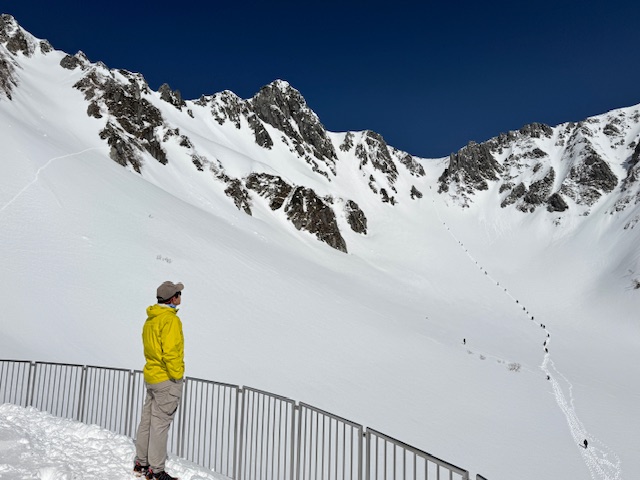

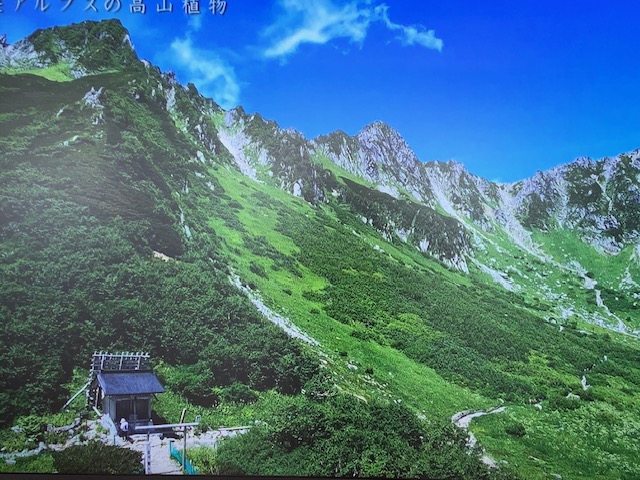

Mt. Kiso-Komagatake is a year round destination for outdoor activities. It is a winter wonderland when blanketed by snow. In December through May, the place is a playground for mountain climbers with ice axes and crampons. They look like ants as they climb to the peaks. Meanwhile, snowboarders swoosh down the slopes.
June is the spring thaw that feeds the many streams and rivers. Torrent flows are common but the cascades over the check dams provide awe inspiring views.
July through August is probably the most beautiful time of the year as alpine wildflowers abound. This is also the prime hiking season. Do not expect solitude here as the mountain is a popular destination for locals.
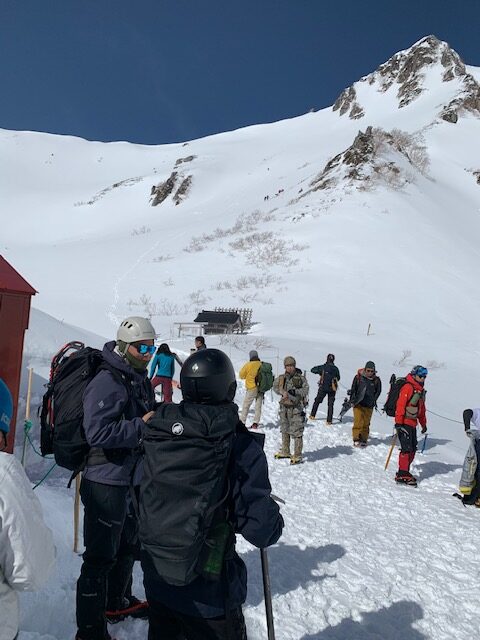

By September, some of the wildflowers have withered away but the slopes still remain green and verdant.
Finally, autumn colors happen in October through November, depending on the elevation. The mountain slopes are transformed to a kaleidoscope of colors and still remain a popular hiking destination.
Mt. Kiso-Komagatake is served by a seven minute gondola ride (locally known as the Mt. Kiso-Komagatake Ropeway). The ropeway runs between Shirabidaira Station and Senjojiki Station at the base of the mountain slope.
Takato
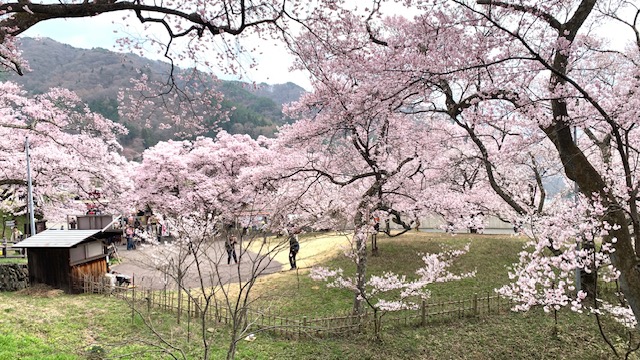

Tokato is about a 30 minute bus ride from Ina City’s bus terminal. The place is popular with locals because of Takato Castle Ruins Park which has many cherry blossom trees. The flower festival or Takato is normally held in April to celebrate “Sakura” or the cherry blossoms.
A Japanese man from Osaka said that he has been coming to Takato for the past 15 years. In his opinion, it is probably the most beautiful “Sakura” that he has seen.
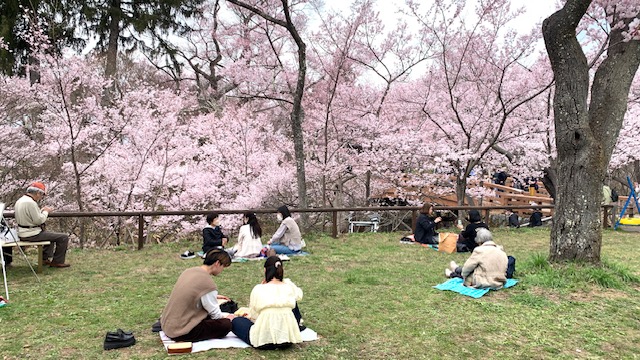

We only knew about Takato when we got off the Inashi Train Station in Ina. There were posters of it plastered everywhere in the city.
Timing is everything in order to witness Takato. The flowers only last about a week. We were about five days early when we visited Ina as the flowers were at their bud stage. However, in Tokyo where we were a week prior, the flowers were already in full bloom. We had to go back from Nagano to experience Takato in full bloom.
How To Get There
Mt. Kiso-Komagatake
It is a three step process to reach Mt. Kiso-Komagatake. The journey begins with a train to the city of Komagane. Then it is a 45 minute bus ride on a narrow and hairpin mountain road to Shirabidaira Ropeway Station. The final leg is a cable car ride to Shinjojiki Station at Mt. Kiso-Komagatake.
Japan Railway (JR) has a station in Komagane. The closest big city to get to Komagane by train is from Nagano. From Inashi Station in Ina where we stayed, it was only a 20 minute ride.
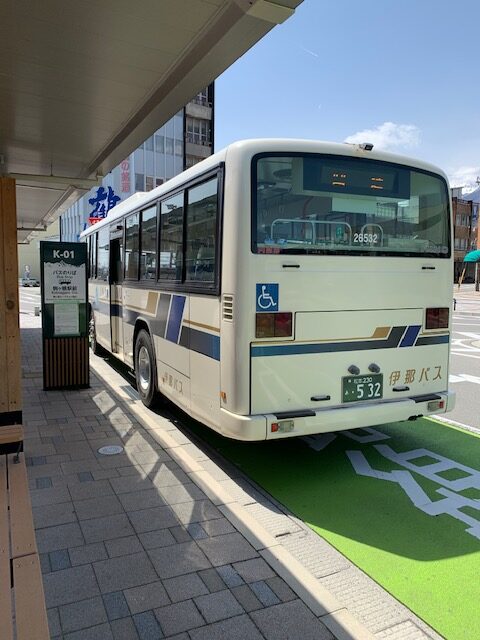



The bus from Komagane Station to Shirabidaira Station runs every 30 minutes to correspond with the cable car schedule. The first trip depends on the season. We found the bus schedule at this website.
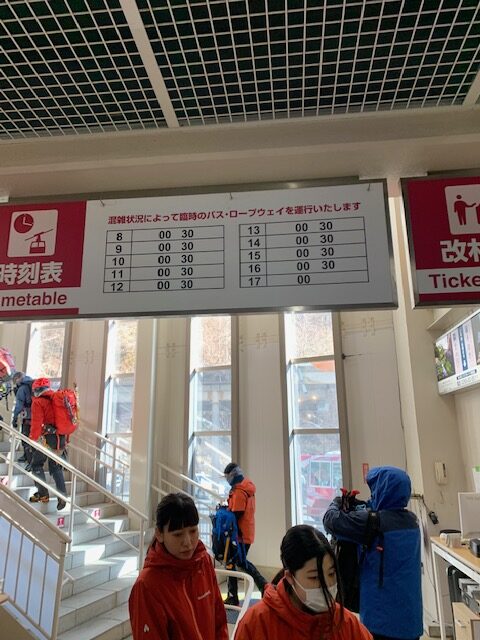

The cable car undergoes routine maintenance, particularly in early spring before the busy season. The routine maintenance is shown on the website’s calendar. Make sure you pay attention when the cable car is not running.
If you plan on driving, there is a designated parking lot for people going up to Mt. Kiso-Komagatake. It is called the Suganodai Bus Center. The bus stops here and picks up most of its passengers. There were no private vehicles allowed to go up the narrow winding road to Shirabidaira Station during our visit.
Takato
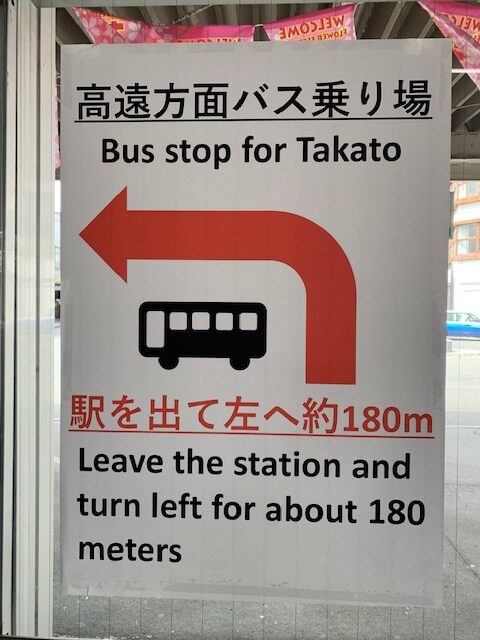

The Takato Castle Ruins Park can be reached by bus plus about a 20-minute walk with an uphill section. The bus station is 180 meters from the Inashi Train Station. Just turn left and walk on the road until you see the bus station.
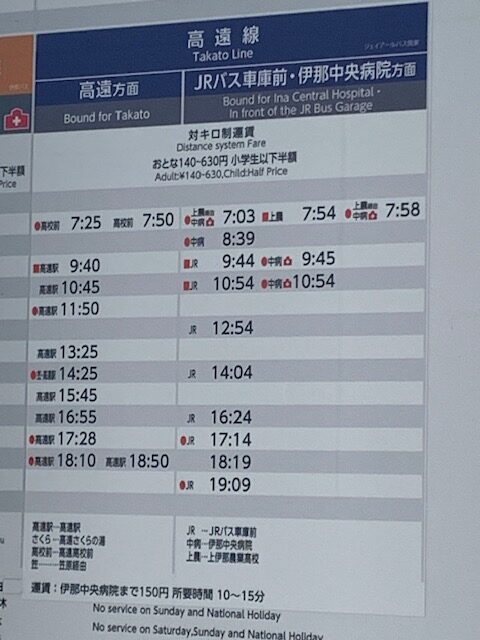

The bus to Takato is color coded to match the color of the schedule posted at the station. It is the blue line bus.
Where To Stay
Ina
Our main reason for visiting this part of Nagano Prefecture was Mt. Kiso-Komagatake. But we could not find a reasonably priced accommodation in Komagane. So we ended up in Ina.
Ina is a small city but has adequate amenities. Restaurants and shops are within walking distance from the Inashi Train Station.
Our hotel, WWJ, was only a 10 minute walk on a slight uphill. Our room was adequately sized and not cramped. The hotel though in general, is dated and feels like a hotel in the 1980’s.
We were glad that we stayed in Ina instead of Komagane or we would have not known about Takato.
Komagane
Komagane is a larger city compared to Ina. It would make a perfect base to explore Mt. Kiso-Komagatake. There is no shortage of restaurants and shops near the Komagane’s train station.
Senjojiki Hotel
Google Maps does not show Senjojiki Hotel at Mt. Kiso-Komagatake. The cable car literally ends at the hotel hence it is called Senjojiki Station (or maybe the hotel is named after the station). It makes a nice base if you plan to explore Mt. Kiso-Komagatake for more than a day. The hotel also has a restaurant.
Expected Expenses
These were our expenses: Prices are in Japanese Yen (JPY), per person.
Mt. Kiso-Komagatake
240 (one way) – train between Inashi and Komagane Stations. Credit cards accepted.
590 (one way) – bus between Komagane and Shirabidaira Stations. Cash only.
2,540 (roundtrip) – Cable car between Shirabidaira and Senjojiki Stations. Credit cards accepted.
Takato
590 (one way) – bus between Ina Bus Station and Takato. Cash only.
600 – Daily entry fee to Takato Castle Ruins Park.
Summary
Mt. Kiso-Komagatake and Takato in Nagoya Prefecture are relatively unknown destinations in Japan. It is such a shame as both are beautiful in their own ways.
Mt. Kiso-Komagatake offers outdoor activities year round. You can play in the snow during winter, admire the wildflowers in the spring, hike its peaks during the summer or just observe the colorful leaves during fall.
Takato is Ina City’s flower festival to celebrate the “Sakura”. Takato is held at Takato Castle Ruins Park and has many cherry blossom trees that produce mesmerizing “Sakura” for a short period in April.
So if you are in the Nagano Prefecture and want to get away from all other tourists, head on over to either one or both. You will not be disappointed.

